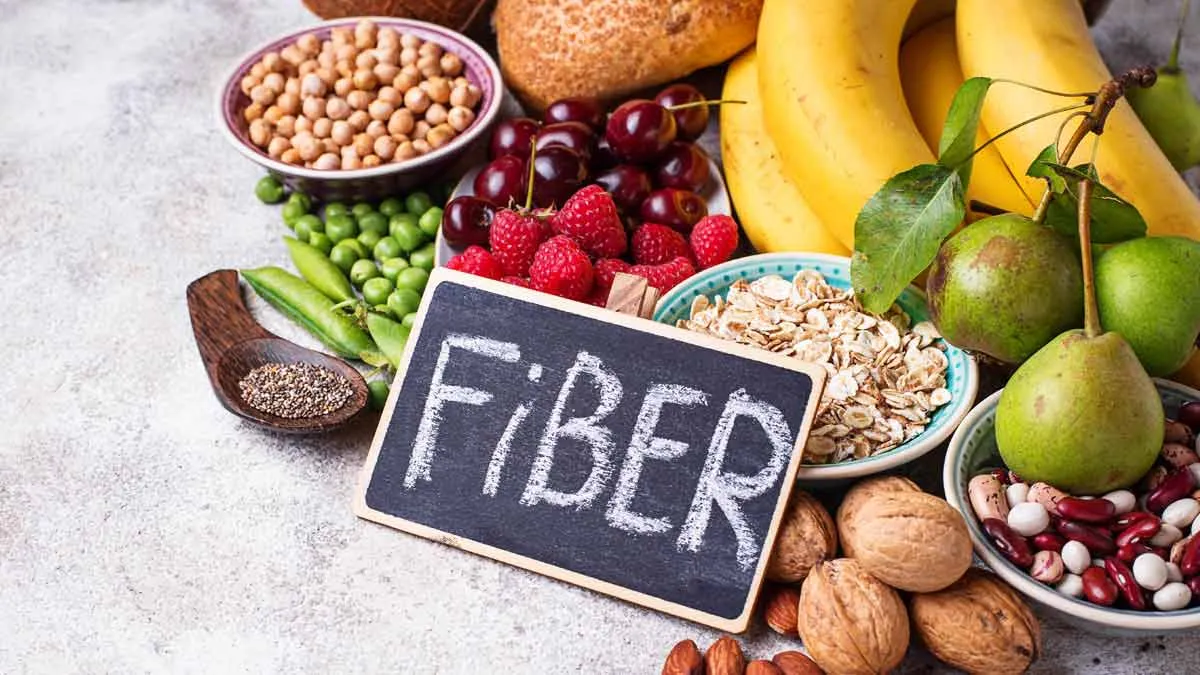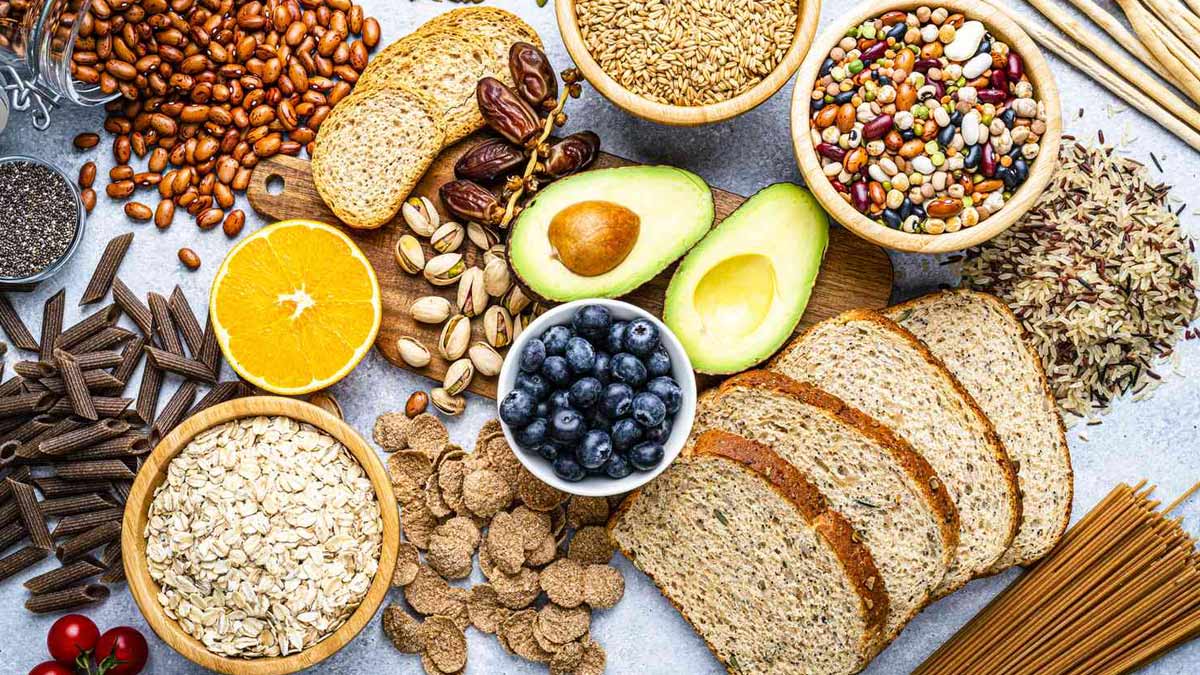
A recent research has shown that a low-fibre diet can make people more susceptible to infections with harmful bacteria like Klebsiella Pneumoniae and E. coli. Bacteria belonging to the Enterobacteriaceae family are typically present in the gut in limited amounts, however, only in healthy individuals. An overgrowth, caused by a variety of reasons such as inflammation or contaminated food, can trigger severe or even life-threatening diseases including pneumonia, meningitis, and gastrointestinal infections.
Table of Content:-
Role Of Gut Microbiome In Preventing Infections
Scientists used advanced methods and Artificial Intelligence (AI) to analyse the gut microbiomes of more than 12,000 individuals in 45 countries. They found that the composition of a person's gut microbiome could predict that person's chance of being summoned by Enterobacteriaceae. The study also revealed that the presence of certain protective microbes, such as Faecalibacterium, was linked with lower levels of harmful microbes.
Faecalibacterium produces Short-Chain Fatty Acids (SCFAs), which is a beneficial compound produced when dietary fibre is broken down in the gut. SCFAs are supportive of gut health and appear to crowd out bad bacteria, which significantly reduces the risk of infections.

Also Read: Are You Allergic To Peanuts? Here Are 5 Ways To Keep Your Fibre Intake In Check
Why Fibre Intake Matters For Gut Health
The Nature Microbiology study highlights the importance of food choices for gut health and well-being. A diet high in fibre feeds beneficial bacteria, essential to a healthy balance of gut microbiome. In the absence of fibre, pathogenic bacteria breed, which can then cause infection/s.
Easy Tips To Add Fibre To Your Diet
Increasing your fibre doesn't have to be a complicated process. Here are some easy ways to increase the amount of fibre in your daily meals:
1. Whole Grains For Breakfast
The most important meal of the day is breakfast. So, replace refined cereals or bread with whole-grain versions such as oatmeal, whole-grain toast, or quinoa porridge.

2. Healthy Snacking
Choose high-fiber snacks like fresh fruits, raw vegetables, or a handful of nuts and seeds. Apples, carrots, and almonds are good portable snacks that can be eaten in between proper meals of the day.
Also Read: Are You Allergic To Peanuts? Here Are 5 Ways To Keep Your Fibre Intake In Check
3. Take Legumes
Legumes contain high fibre and also contain high protein content. Beans, lentils, and chickpeas can be added to soups, salads, or as part of stews to increase the fibre in your diet.
4. Consume Whole Fruits And Vegetables
Fruits and vegetables should be consumed with the skin on to have the highest fibre content. For example, apples, pears, and potatoes should not be peeled and cooked without them to be their best.
5. Brown Over White
Replace white rice, pasta, and bread with brown or whole-grain varieties for a seamless way to up your fibre without losing any flavour.
Bottomline
A diet rich in fibre will feed the good gut bacteria that prevent bad infections. Simple dietary changes, for example, an increase in whole grains, fruits, vegetables, and legumes, can go a long way in improving your gut health and lowering your risk of illness.
Also watch this video
How we keep this article up to date:
We work with experts and keep a close eye on the latest in health and wellness. Whenever there is a new research or helpful information, we update our articles with accurate and useful advice.
Current Version